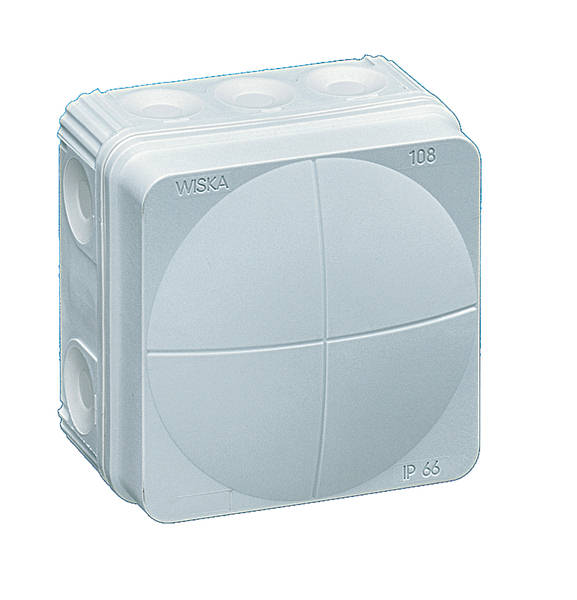Hi bit of a thicko with electrics so help is welcome.
I want to run three 400w metal halide lights in my yard 100meters away from nearest socket.
each lamp i have wired with a metre of cable and i think its rite in joining these in a ip66 junction box.
When wiring together what joining connection should i use.
Is it a case of 1 cable in to the joining block and then join the 3 cables from the lamps out the other side.
Your help is much appreciated. Please can you keep the info as simple as possible cheers.
chris
I want to run three 400w metal halide lights in my yard 100meters away from nearest socket.
each lamp i have wired with a metre of cable and i think its rite in joining these in a ip66 junction box.
When wiring together what joining connection should i use.
Is it a case of 1 cable in to the joining block and then join the 3 cables from the lamps out the other side.
Your help is much appreciated. Please can you keep the info as simple as possible cheers.
chris



